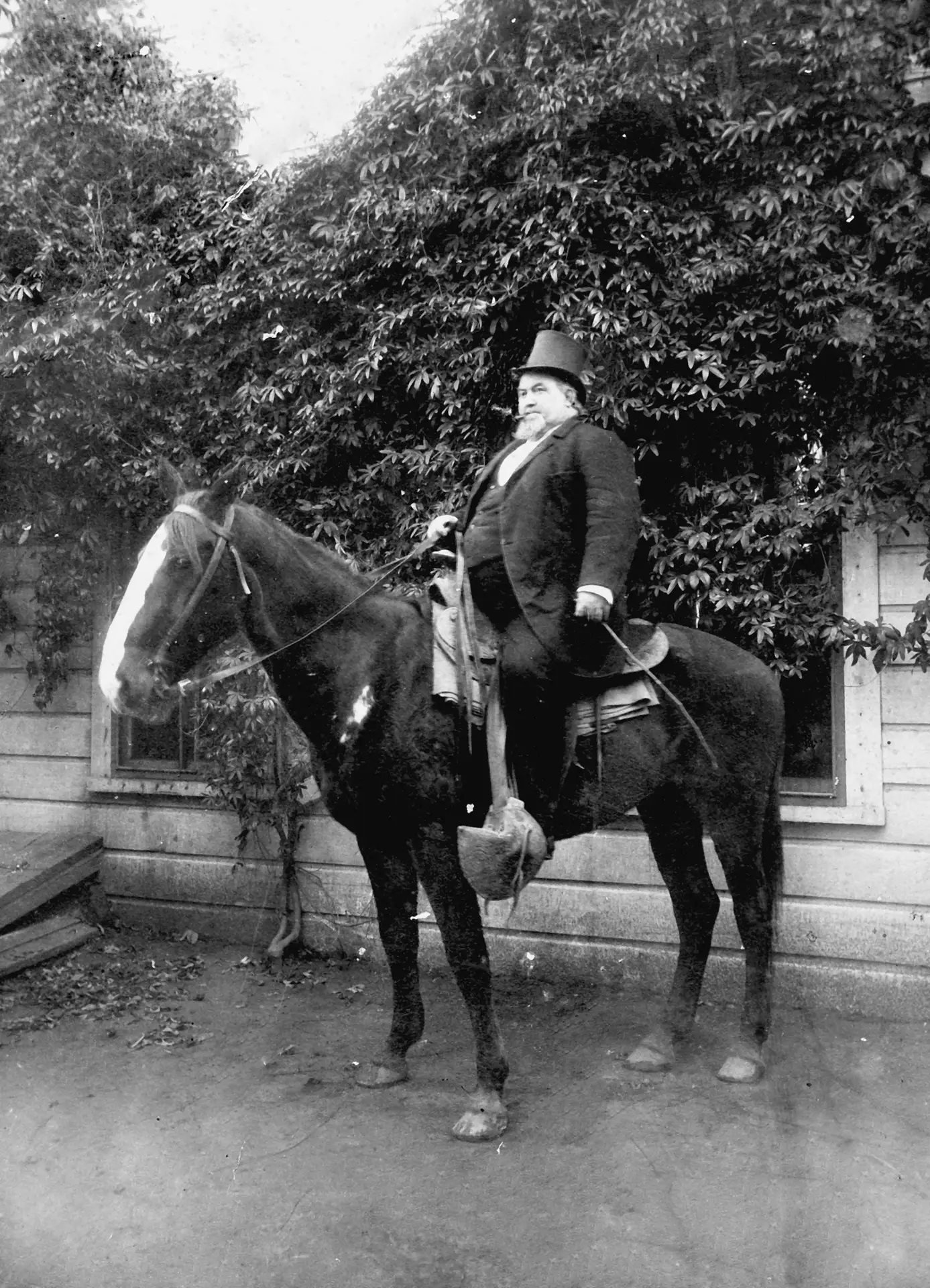Mace was born in Boston on May 14, 1820, the son of a financially strapped manufacturer of carpenter tools. He was adopted by an uncle and spent his boyhood days on a farm in Putney, Vermont.
Becoming distressed with school and life in the country and anticipating the delights of a life at sea, young Mace ran away from his uncle’s home and signed on as a cabin boy aboard a vessel bound for New Orleans. One trip, however, was enough for the would-be adventurer, and he jumped ship to enter the employ of a French trader who conducted business with the Comanche tribe. Soon the boy found himself in Independence, Missouri, aboard a wagon train heading for Bent’s Fort on the Arkansas River. In 1844, at the age of 23, Mace returned to New Orleans and found a job clerking in a wine distribution company. With the opening of hostilities between Mexico and the United States in 1846, he was among the first to volunteer and was severely wounded during his first three-month enlistment.
While on convalescent leave, Mace heard of plans to raise a contingent of troops from Louisiana for service in the war. He recruited the first company of this regiment and became its captain. He carried the title “captain” for the rest of his life.
When the war ended in 1848, Mace returned to New Orleans and married Elizabeth Evans, the wife of his 2nd lieutenant who had died in Tampico of yellow fever. With the country now in delirium over the discovery of gold in California, Mace brought his bride and her 7-year-old son, Charles, to the land of Ophir.
Captain and Mrs. Mace arrived in San Francisco via Panama in August 1849. From that place, they traveled to the Yuba River, where he engaged in mining. He followed this endeavor for the next decade or so and wound up trying his luck along the banks of the San Joaquin River near the town of Millerton.
In 1864, Elizabeth Mace died. Two years later the captain married Jennie Cunningham Gilmore and moved to the O’Neals area. Six years later as the Central Pacific pushed its tracks as far south as the San Joaquin River, Mace caught the vision. The economic center of gravity was shifting from the foothills to the Valley.
Consequently, two years before the village of Madera was founded, the captain moved to Borden where he opened a hotel in 1874. Then after purchasing that first lot in Madera in 1876, he made plans to move again—this time 3 miles to the north. Mace established his position as Madera’s first citizen by building the town’s first saloon and moving there in early 1877.
Excerpt from the “History of Madera” by Bill Coate




